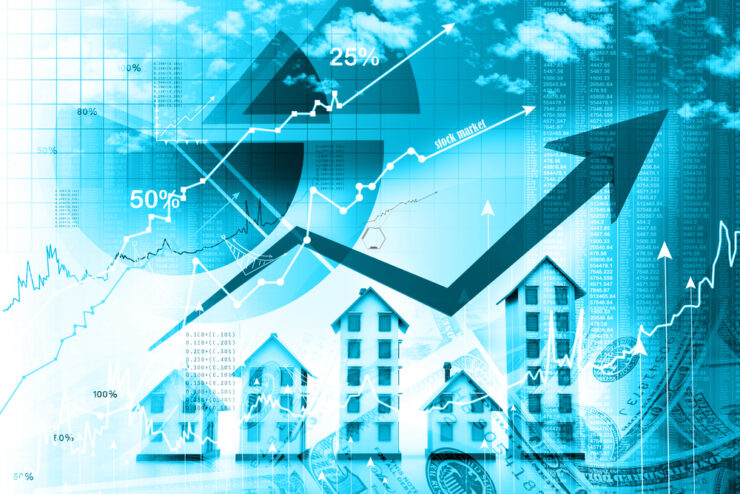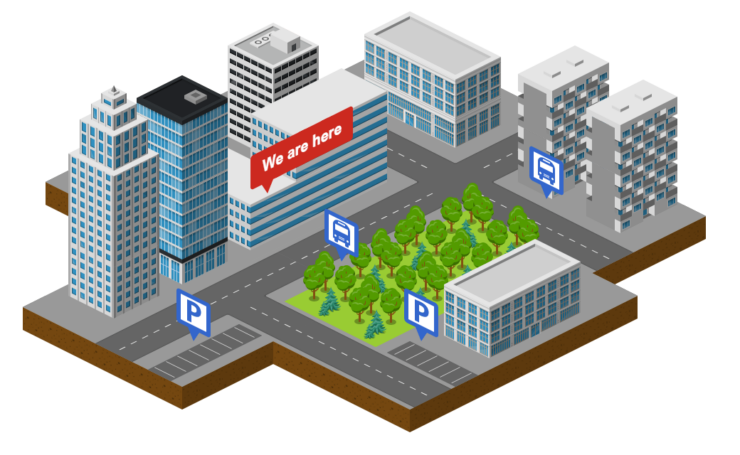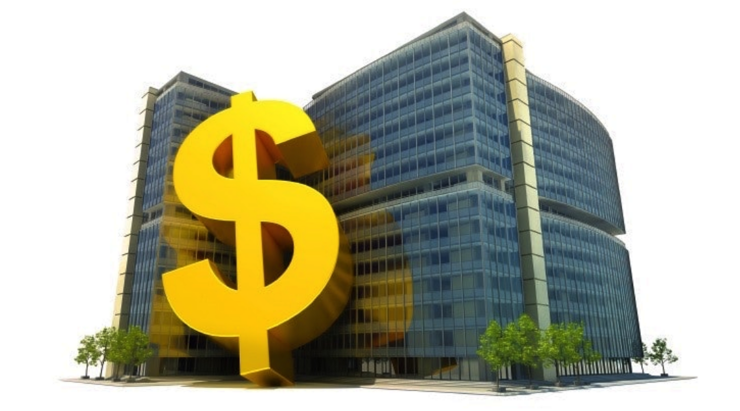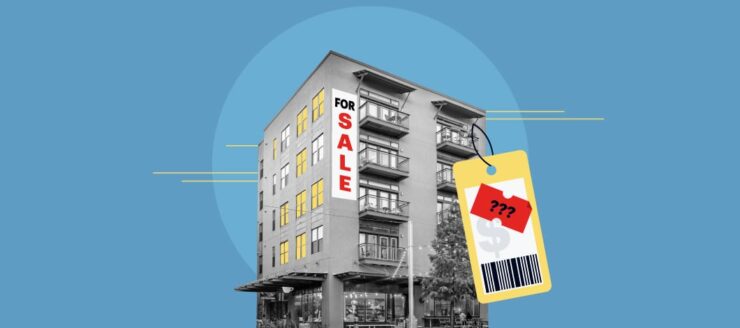Are you looking to purchase a commercial building, but feeling uncertain about how best to determine its selling price? Setting the right price for a commercial property is one of the most intimate decisions in real estate investment. Let’s explore this complex process, and how to make sure you get the best deal on your potential new business premises.
The Role of Market Conditions in Determining a Selling Price

When determining the selling price of a commercial building, market conditions play a major role. These conditions include the supply and demand of commercial buildings in the area, as well as rental rates for similar properties. For example, if there is an abundance of commercial buildings on the market, owners may have to reduce their asking price to compete with other listings and draw potential buyers. On the other hand, if there is very little competition, owners can typically expect to receive a higher sale price.
In addition to looking at the real estate market within a specific area, it is also important to factor in rental rates when determining a selling price for a commercial building. Any current leases should be taken into account as they can affect the overall sale price of the property. The current cost per square foot should also be considered since potential buyers will use this metric when deciding how much they are willing to pay for the property.
Commercial buildings undergoing renovations may command an increased sale value due to improvements that increase its value and make it more appealing to prospective customers. Additionally, neighboring businesses or development projects could influence an owner’s decision on how much they decide to sell their property for depending on whether it benefits or damages its selling point.
Valuing estates like Lee County commercial real estate requires an understanding of the current market trends and property conditions. To accurately determine a selling price, potential buyers must take into account the current state of the market, recent sales prices of comparable properties, and estimated costs associated with any necessary repairs or renovations.
Lastly, building features such as floor space arrangements, architectural design and usable space should be accounted for when making any decisions about what asking price one should list their commercial building at in order to attract and retain prospective customers who are interested in purchasing it.
The Role of Building Location in Determining a Selling Price

When considering the selling price, the most important determining factor is the physical location of the building itself. Aside from any improvements made to the property, the primary factor affecting value is where it’s situated. The location can affect a building’s desirability both from a business and monetary standpoint.
The most influential factors include:
- Accessibility to shops and services: How close is this commercial building to restaurants, grocery stores, banks, etc.? These amenities make a commercial space more versatile and desirable for potential buyers.
- Nearby major highways and public transit: If a commercial building has convenient access to public transportation or major highway systems, it makes it easier for employees or customers to come in and out with relative ease.
- Surrounding area: Is this area usually in busy demand or relatively quiet? This can greatly influence how much people are willing to pay for it.
- Demographics: Depending on who occupies an area near this commercial property, its perceived value may go up as well as its actual ability to bring returns through rental income. Knowing whether people in the vicinity have a high disposable income can increase potential spending power at your property.
In addition, other factors like environmental conditions (noise pollution), weather patterns (many people don’t want buildings located in extreme climates) should also be taken into consideration when looking at how much someone will be willing to pay for your building’s location when it comes time to sell your real estate asset.
Understanding the Value of a Commercial Building

In order to understand the price of a property, you have to look at the physical characteristics of the building, such as its age and condition, what type of tenants it has, whether there are any long-term leases attached to the property, and the area in which it is located. It is also important to consider the market where the building is located in order to determine if it is worth more or less than nearby competitors.
Aside from analyzing these physical factors, other considerations must be taken into account as well. It is essential for buyers/sellers to evaluate how much income potential a commercial building has. Questions that must be answered include: how does occupancy rate compare relative to similar buildings; how does tenant turnover compare; what are comparable rental rates; and what are vacancy rates like in that particular area? Additionally, potential buyers should analyze future prospects for their buildings – taking into consideration factors such as local population growth and potential development plans nearby – which may affect future value projections significantly.
By taking all these matters into consideration when trying to establish a reasonable asking price for a commercial building, sellers can more accurately price it so that they maximize profits while simultaneously making sure that buyers get a fair deal. Ultimately, this procedure facilitates successful transactions between both parties and contributes toward healthy real estate markets.
Conclusion
The right selling price is essential in order to maximize income while minimizing taxes and keeping your other assets safe. While the commercial market and local economic conditions serve as the foundation for this figure, there are several factors that contribute to determining a reasonable price.
Before you set a list price, consider all of the costs associated with completing the sale, such as broker fees, legal fees, transfer taxes and closing costs. Additionally, you’ll need to consider any loans on the property and whether they’ll need to be paid off or assumed by the buyer. Evaluate these costs against your estimated profits from any potential sale.
Once these initial steps are complete, take time to familiarize yourself with local market conditions and comparable properties in the area. These comparable properties will help guide you in setting a competitive list price that stands up against competing offerings in your area. Last but not least, don’t be afraid to speak with experienced real estate professionals who can provide helpful insights into pricing strategies that can give you an edge over your competition.

